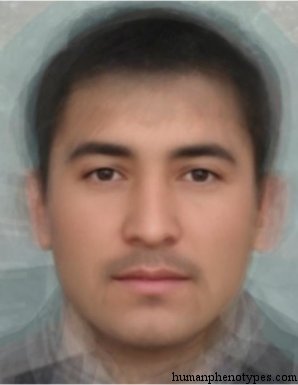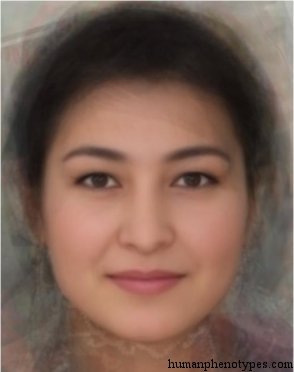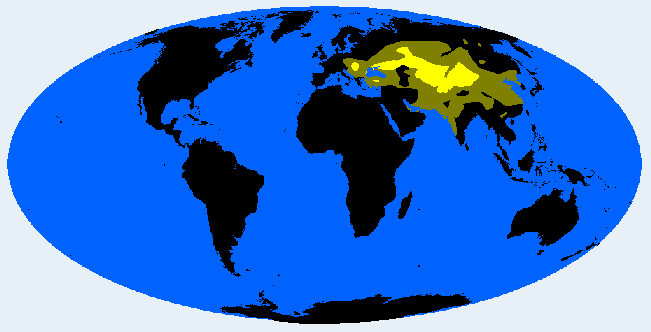Description:
Short-headed, high-skulled type native to the steppes of Central Asia. Medium tall, often with slender bodies, an oval head and high mid face, and narrow eye lid fissure. Hairiness strong, eyebrows sometimes united. Probably originated in Altai, Tian Shan, and around the Baikal Lake. Was pushed back and replaced in many areas by the Mongol expansion. The highest concentrations today are found in Tajiks, Pamiri, Uyghurs, and Uzbeks with the Pamirids (East Pamirid, Central Pamirid, Plains Pamirid). A more robust type, possibly influenced by ancient Andronovo people, is the Andronovo-Turanid, still common in some Tatars. In Hungary, an Alföld variety is found. Some interpret the low-skulled Aralids as typical Turanids as well, they are regarded as Tungid-influenced here (following Schwidetzky, 1950).Names:
Turanid (Eickstedt, 1952; Lundman, 1967; Vogel, 1974; Knussmann, 1996), Touranienne (Vallois, 1968), Pamiriana (Biasutti, 1967), Turkic (Deniker, 1900; Coon et al., 1950; Cole, 1965), Central-Asiatic-Inter-River (Oshanin, 1964), Homo eurasicus (Sergi, 1908).





